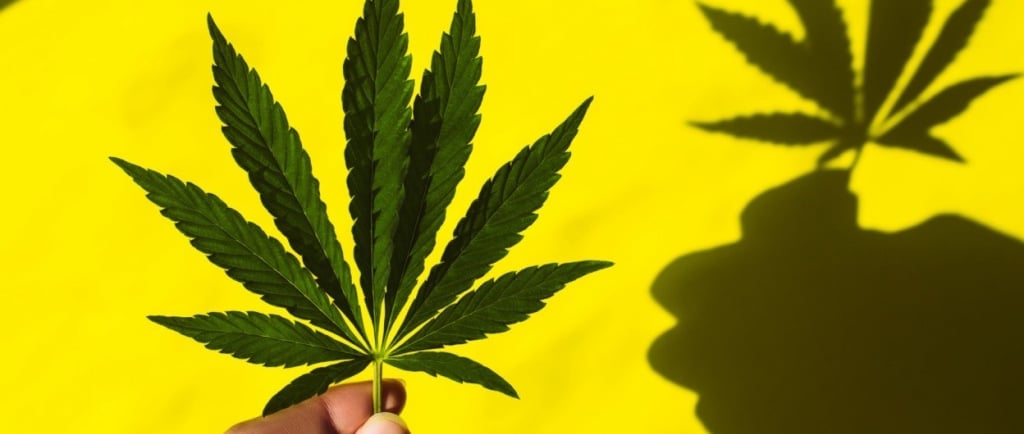Are These Banned Ingredients in Your Cannabis Edibles? A Look at Artificial Food Dyes
With increasing concern over artificial food dyes and their potential health risks, cannabis edibles are facing a reckoning. Learn why some brands are eliminating synthetic dyes and making the switch to natural, plant-based colorants in response to consumer demand for cleaner, healthier products.
CANNABIS & HEALTH
3/6/20253 min read


Are These Banned Ingredients in Your Cannabis Edibles?
As Americans become more conscientious about what’s in their food, artificial food dyes have come under fire for their potential health risks, particularly in children. States like Oklahoma are considering bans on several artificial food dyes, while California has already passed legislation removing six synthetic dyes from school snacks and meals. On the federal level, Red 3 has even been banned in ingested products. With this shift toward cleaner ingredients, cannabis edibles are also facing pressure to follow suit.
What’s Hiding in Your THC Edibles?
Gummies and hard candies are among the most popular cannabis edibles on the market, but many of these products still contain artificial food dyes. While some cannabis brands stick to the familiar, synthetic colorants, others are opting to go all-natural—albeit at a higher cost.
Wendy Baker, founder and CEO of Space Gem, a California-based edibles brand, began using artificial food dyes in her products. However, after learning about the health risks associated with these dyes, such as behavioral changes, cancer, and more, she made the decision to switch to organic, natural food colors.
“We realized that the dyes we were using weren’t even vegan, and they were linked to a range of health issues,” Baker told GreenState. “That realization led us to fully commit to using natural, organic food colors.”
The Dangers of Artificial Food Dyes
Red 40, the most common artificial food dye, can be found in products like Doritos, Jell-O, and Froot Loops. This dye, made from petroleum byproducts and coal tar derivatives, has been linked to several health concerns, including DNA damage, gut microbiome disruption, and colonic inflammation.
Similarly, Yellows 5 and 6, which are found in products like bouillon cubes, baked goods, and Lucky Charms, are also made from petroleum-based chemicals and can cause allergic reactions.
As consumers become more aware of how these dyes are made, many are opting to eliminate them from their diets, including from their cannabis edibles. But for companies, this shift to natural ingredients is not without its challenges.
The Cost of Going Natural
Switching to natural food dyes—derived from fruits, vegetables, and even algae—can be expensive. Natural dyes are often less concentrated than synthetic ones, requiring more product to achieve the desired colors. Additionally, natural dyes are more sensitive to light and temperature, which means they require careful handling and can shorten the shelf life of products.
For cannabis companies, this translates into higher production costs and more complex manufacturing processes. However, brands like KANHA, Space Gem, and Kiva are leading the way by investing in natural, plant-based colorants.
A Shift Toward Cleaner Cannabis Edibles
KANHA, for example, uses real fruit, vegetables, and algae to color their gummy products. Space Gem employs ingredients like red currants, radishes, and hibiscus to achieve candy-red hues in their edible offerings.
For Kiva, making the switch to natural dyes was a no-brainer. “If we can make beautiful, colorful products with natural colors, why wouldn’t we?” Kiva’s senior R&D manager, Alex Kato, told GreenState. “Artificial colors are becoming a thing of the past.”
As the demand for cleaner, healthier edibles continues to grow, more cannabis brands are expected to follow this trend. While switching to natural dyes may not be feasible for every company, those who choose not to make the change could risk falling behind in an increasingly health-conscious market.
The Future of Weed Edibles: Going Natural
The trend toward eliminating artificial food dyes in cannabis edibles is gaining momentum. As consumer awareness about the health risks of synthetic dyes grows, brands that use natural, plant-based colorants are setting themselves apart. While the cost of going natural can be high, it’s clear that this shift is not just about food coloring—it’s about earning consumer trust and leading the way in cleaner, healthier products.
As we move forward, the cannabis edibles market is likely to continue distancing itself from petroleum-based dyes. For those companies that don’t adapt, the future might look less colorful—both literally and figuratively.
Get in touch
Contacts
754-346-4421
book@drboorstein.com
